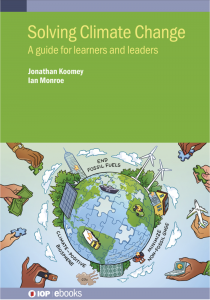Evolution of a Movement
Reviewed by Shekhar Chandra, London School of Economics and Political Science
How can activists use different formal institutional channels, such as electoral politics and policy advocacy, more effectively?
Evolution of a Movement: Four Decades of California Environmental Justice Activism, by Tracy E Perkins, University of California Press, 2022, 302 pp.
Tracy E. Perkins provides a fresh perspective on the history of environmental activism in California, which is environmentally one of the most progressive states in the United States. Using case studies and interviews, Perkins traces the changing face of the environmental justice movement in California. The movement relied on disruptive techniques in the 1980s to draw the attention of policymakers and waste management companies. However, in the 2010s, activists started institutionalizing their work and playing a more constructive role. As marginalized groups continue to face growing environmental threats and some people question the effectiveness of environmental justice movements in offering actual policy options, the book is a timely reminder of how activists could use different formal institutional channels, such as electoral politics and policy advocacy, more effectively. The Kettleman City case study provides excellent insights into multiple instruments activists use to confront the dynamic political realities of the day and bring environmental concerns to the centre of policy debates.
The book offers several important messages. We could view the book narrative as a theory of social change, a historical account of the environmental justice movement in California or the use of strategic approaches to herald positive changes in marginalized neighborhoods. Perkins rightly compares Kettleman City’s struggle against the incinerator, the largest waste management company in the country, with the David vs. Goliath battle in that hardly anyone imagined that low-income people of a marginalized neighborhood could come together and win against the decision of the company to install a waste landfill near the community. Perkins rightly emphasizes how Kettleman example could inspire the environmental justice movement in the country and the world. Overall, the book is an excellent contribution to environmental justice literature and offers valuable lessons to activists, scholars and policymakers.





